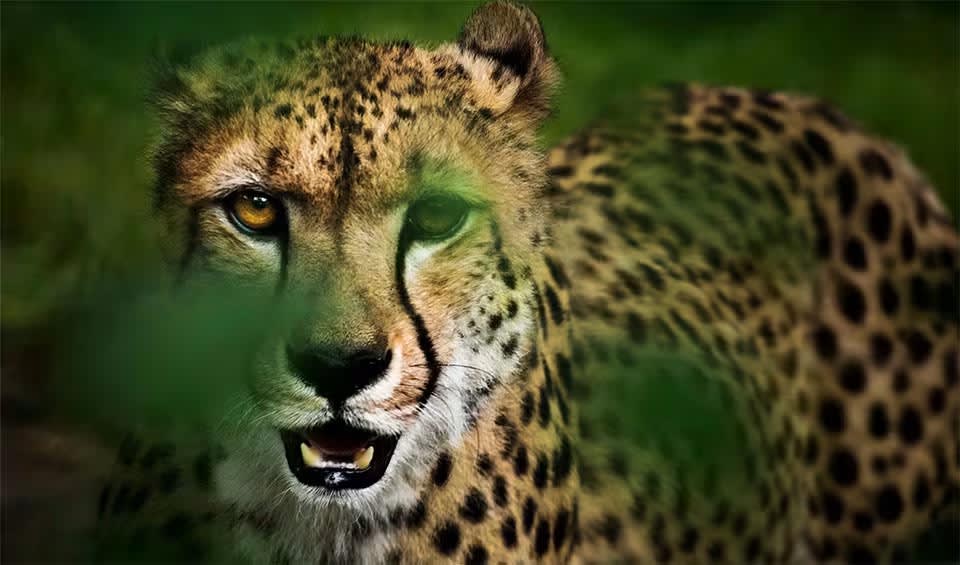One of the most acrobatic and visually striking primates swinging through the treetops of the Amazon rainforest. Endemic to Brazil, this monkey stands out with its long, black limbs and body, contrasted by distinctive white fur patches on the sides of its face — like a stylish natural beard. But the real showstopper is its prehensile tail, which acts like a fifth limb, strong and flexible enough to support its entire body weight.
What sets the white-cheeked spider monkey apart from other monkeys is its incredible agility and speed in the canopy. Instead of leaping between trees like many other monkeys, it uses a technique called brachiation — swinging hand-over-hand beneath branches, like a gymnast on monkey bars. Their arms are so long that their hands often reach their knees when standing upright, giving them maximum reach. Add in that powerful tail, and they can travel quickly through the forest without ever touching the ground.
These monkeys live in fission-fusion societies, which means their group size and composition are flexible. One day a monkey might be hanging out with a group of 10, and the next, just 2 or 3. This social fluidity helps reduce food competition, as they mostly feed on ripe fruits, which are scattered and seasonal. Their role as fruit lovers makes them essential seed dispersers — helping trees grow by pooping out seeds far from the parent plant.
Another cool thing: they have complex vocalizations and even use different calls depending on the situation. These include high-pitched barks to warn of predators, long whinnies to stay in touch with distant group members, and even what researchers call “screams” during social disputes. Add facial expressions and tail gestures to the mix, and their communication skills are pretty advanced.
Distribution
 Brazil
Brazil Official estimate
Official estimate
Anything we've missed?
Help us improve this page by suggesting edits. Glory never dies!
Suggest an editGet to know me
Terrestrial / Aquatic
Altricial / Precocial
Polygamous / Monogamous
Dimorphic (size) / Monomorphic
Active: Diurnal / Nocturnal
Social behavior: Solitary / Pack / Group
Diet: Carnivore / Frugivore / Omnivore / Piscivorous / Insectivore
Migratory: Yes / No
Domesticated: Yes / No
Dangerous: Yes / No




